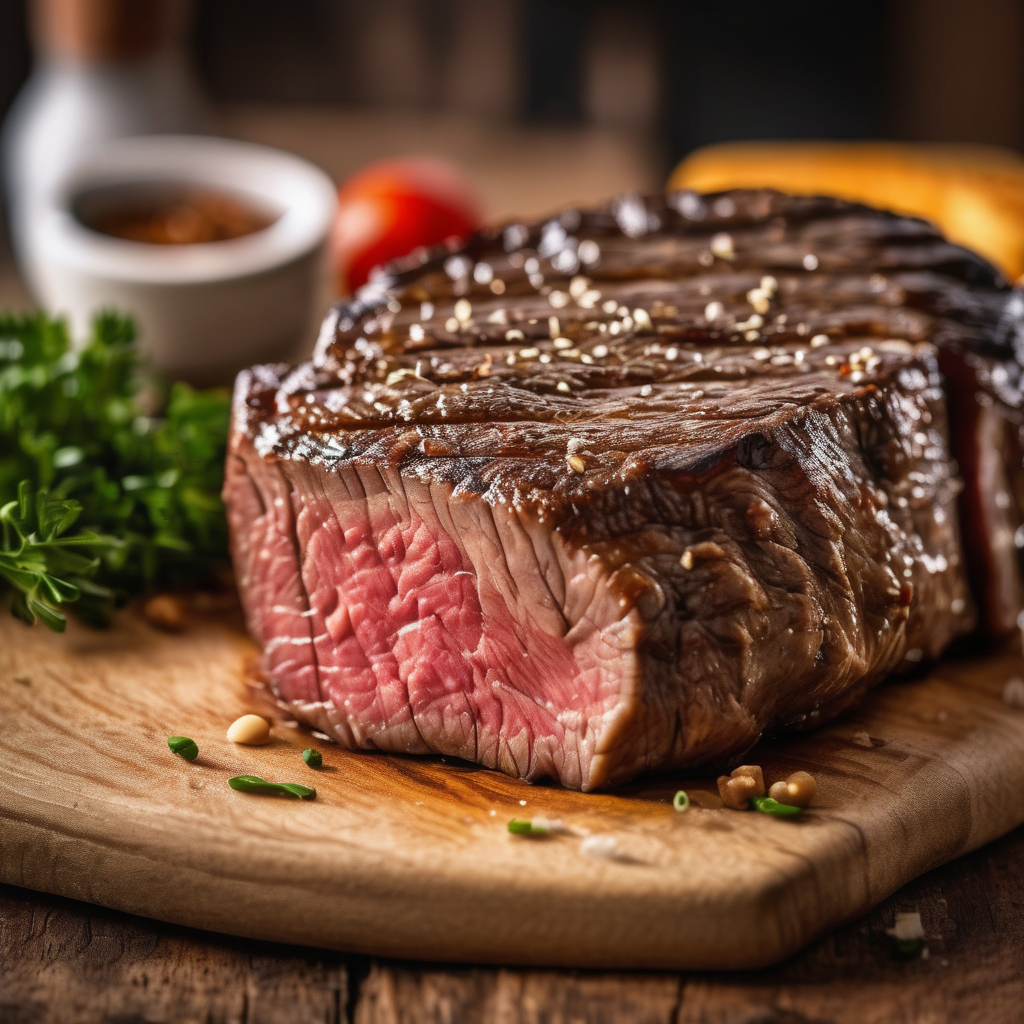Beef prices in the United States have skyrocketed, presenting a significant political challenge as President Donald Trump addresses the mounting inflation that threatens his promises to lower grocery costs for American families. In a recent social media post, Trump urged ranchers to decrease cattle prices, a move that has sparked criticism among producers who fear that his suggested solutions could undermine their livelihoods without significantly impacting consumer costs.
The decline in the number of beef cattle farmers and ranchers in the U.S. has been considerable since 1980, leading to a diminished domestic supply and escalating prices, all while consumer demand remains robust. Current reports indicate that the nation’s cattle inventory has reached its lowest level in nearly 75 years, alongside a stark decrease of over 150,000 cattle ranches since 2017—a 17% reduction noted by the Agriculture Department. Ranchers face ongoing strain from decades of industry consolidation among meat processors and rising costs for essential resources like fertilizer and equipment. This period of economic exposure is exacerbated by harsh climate conditions, with many ranchers having to reduce herd sizes due to drought.
Recent data from the Bureau of Labor Statistics shows that retail prices for beef products have seen a dramatic increase; beef mince prices rose by 12.9% over the past year, while beef steaks have jumped by 16.6%. For example, the average price of a pound of ground chuck is now $6.33, a notable rise from $5.58 last year. Agricultural economists emphasize that the shrinking cattle herd, paired with an unyielding demand for American beef, is driving prices higher. Experts predict these elevated prices may persist until at least the end of the decade, owing to the lengthy process required to rebuild livestock populations. However, analysts suggest that the government’s options for intervening in the market are limited.
In light of these challenges, the Agriculture Department introduced a proposal aimed at enhancing domestic beef production by permitting more land for grazing and providing support to smaller meat processors. This initiative follows Trump’s controversial suggestion to increase beef imports from Argentina, which has drawn significant backlash. Many industry stakeholders, including members of the National Cattlemen’s Beef Association, have criticized the import strategy, arguing it complicates the current market conditions without addressing consumer prices effectively.
Experts argue that a focus on market consolidation could yield a more significant impact. Currently, four companies dominate over 80% of the beef slaughtering and packing market, raising concerns about price inflation for both ranchers and consumers. The prominent processors—Tyson, JBS, Cargill, and National Beef—are under scrutiny following allegations of collusion in pricing strategies.
Cattle ranchers like Mike Callicrate, who operates a direct-to-consumer farm in Kansas, have adapted by eliminating intermediaries, yet he acknowledges the financial barriers that prevent many from making similar transitions. Callicrate argues that until the issue of market concentration is addressed, rebuilding the cattle herd will be nearly impossible.
In conclusion, while some ranchers have begun to see a recovery in prices, the overarching challenges stemming from market dynamics and external pressures continue to leave many in the industry cautiously optimistic about the future. The dialogue surrounding beef prices is likely to persist, as stakeholders navigate the complexities of production, demand, and governmental policies.
